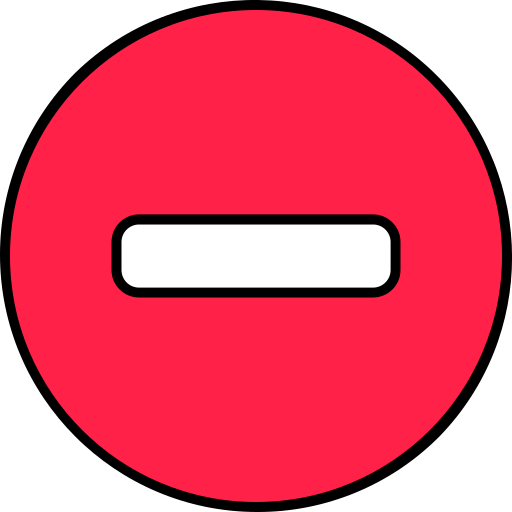How to Create Quality Multiple Choice Questions
Multiple-choice questions (MCQs) are a staple in educational assessments, from classroom quizzes to high-stakes examinations. They are favoured for their ability to cover a broad range of content, ease of scoring, and potential for objective measurement of student knowledge and understanding. However, the quality of MCQs can vary significantly, with well-designed questions providing valuable insights into student learning, and poorly constructed ones leading to confusion, frustration, and inaccurate assessments of student ability.
Focus on Clear Learning Objectives
Before crafting your questions, identify the specific learning objectives that you aim to assess. Each question should be directly linked to a clear, measurable learning outcome, ensuring that the test accurately reflects the intended curriculum and learning goals. This alignment ensures that your MCQs are purposeful and that their difficulty is appropriate for the level of understanding you expect from your students.
Construct Well-Defined Stems
The stem is the part of the question that poses the problem that the student must solve. A well-crafted stem should be clear, concise, and free of any ambiguity. It should present a single, clearly defined problem or question, and avoid unnecessary information that does not contribute to answering the question. The stem should be meaningful on its own and should not rely on the answer choices to make sense.
Develop Plausible Distractors
Distractors are the incorrect answer choices in a MCQ. They play a crucial role in determining the quality of the question. Good distractors are plausible, meaning that they are reasonable answers that could be chosen by students who have misunderstandings or partial knowledge of the content. They should be similar in length, language, and structure to the correct answer to avoid clues that could lead test-wise students to the correct choice for the wrong reasons. Distractors should not be obviously wrong, overly simplistic, or humorous, as these qualities undermine the question's validity and the test's integrity.
Use a Single, Clearly Correct Answer
Each MCQ should have one and only one correct answer that is clearly correct to someone with the appropriate level of knowledge or understanding. Avoid "all of the above" or "none of the above" options, as they can introduce ambiguity and make it more difficult to pinpoint student understanding or misconceptions. Ensure that the correct answer is indisputably correct based on the content you are testing.
Ensure Content Validity
The content of your MCQs should represent a fair and balanced portrayal of the material that was taught. Avoid focusing too heavily on trivial details, and instead, aim to assess the key concepts, skills, and abilities that are central to the learning objectives. The distribution of questions should reflect the relative importance of different topics within the curriculum.
Avoid Bias and Sensitivity Issues
MCQs should be free from language, content, or contexts that advantage or disadvantage students based on their background, culture, or personal characteristics unrelated to the learning objectives. Review questions for bias and sensitivity issues to ensure fairness and to uphold the integrity of the assessment.
Review and Revise
Crafting high-quality MCQs is an iterative process. Review your questions for clarity, relevance, and alignment with learning objectives. Test them, if possible, with a small group before wide-scale administration to identify issues with question construction, distractor plausibility, or answer key accuracy. Use student performance data and feedback to refine and improve your questions over time.
Avoid Negatives
Avoiding negatives and double negatives in multiple choice questions is recommended to ensure clarity and minimize confusion for test takers. When negatives are used, they can create ambiguity and make it difficult for students to interpret the question correctly. Double negatives, in particular, can lead to misunderstandings, as they may result in the opposite meaning of what is intended.
Example of a Double Negative
1. Which of the following statements is NOT incorrect?
A) The sky is blue.
B) Water freezes at 100 degrees Celsius.
C) Plants require sunlight for photosynthesis.
D) None of the above.
In this question, the use of "NOT incorrect" creates a double negative, which can confuse the test taker. The correct answer is D, but the phrasing of the question may lead to misinterpretation. It's clearer to ask "Which of the following statements is correct?" and provide options accordingly.
Book A Demo!






